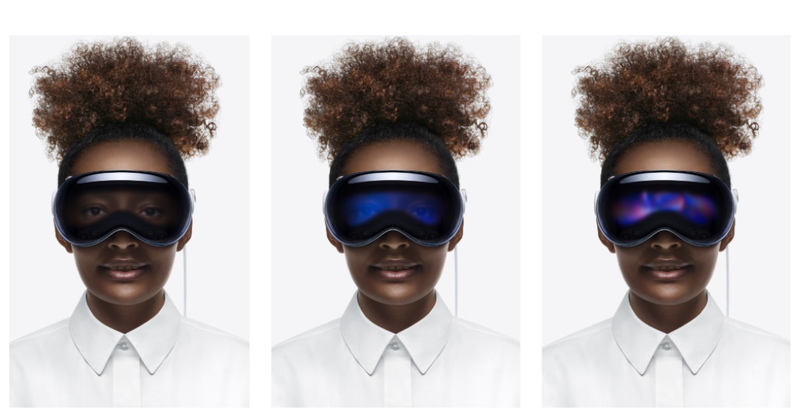
Apple’s Continued Push into Mixed Reality
Despite the Vision Pro’s lukewarm market reception, Apple remains undeterred in its quest to reshape the mixed reality landscape. According to a report from Bloomberg’s Mark Gurman, the tech giant is preparing to release a more affordable version of its Vision headset, which could hit the market as early as next year. This new iteration, expected to be priced around $2,000, will be significantly cheaper than the $3,500 Vision Pro. However, this reduction in price will come with a few compromises.
HTC Vive Focus Vision PC VR Headset + Controllers
Cost-Cutting Measures for the Affordable Headset
To bring down the price, Apple plans to use less expensive materials and a lower-powered processor for this upcoming model. Additionally, the headset will not include the EyeSight feature, which displays the user’s eyes on the outside of the device — a feature present in the Vision Pro. These adjustments are expected to make the device lighter and more accessible to a broader audience, yet still competitive in the growing AR/VR market.
Roadmap for Apple’s Mixed Reality Lineup
Apple intends to introduce a second-generation Vision Pro in 2026, which will come after the release of the less expensive Vision headset. This model will feature hardware upgrades, particularly an enhanced processor, though further details on other improvements remain under wraps. Apple is also working on future projects, including smart glasses — likely resembling Meta’s Ray-Bans — which could integrate augmented reality (AR) capabilities. Additionally, AirPods with built-in cameras could arrive by 2027, further expanding Apple’s ecosystem into mixed reality.
Expanding Apple’s Smart Home Strategy
Apple's foray into the smart home space has been relatively modest, but that may change soon. According to the same report, Apple is developing an affordable iPad-like screen designed for home use. This device would allow users to watch TV, make FaceTime calls, and run various apps from a stationary position within their homes. A more advanced version, featuring a robotic arm and priced at around $1,000, is also rumored to be in development.
Vision Pro’s Successor and Apple's Long-Term Vision
The upcoming $2,000 Vision headset will likely be powered by an A-series chip, similar to those found in future iPhone models, as opposed to the M2 chip currently running the Vision Pro. This decision aligns with Apple’s intention to target a wider audience by offering a device that maintains high performance without the premium price tag. Apple reportedly expects this more affordable model to outsell the Vision Pro, potentially doubling sales due to its lower cost and increased accessibility.
The second-generation Vision Pro, expected to arrive in 2026, will continue to refine the hardware and overall user experience. These two models will give consumers a range of options, providing both high-end and more affordable headsets.
Smart Glasses and AR Projects on the Horizon
Looking beyond the headset market, Apple is working on augmented-reality smart glasses, signaling the company’s long-term commitment to the AR/VR space. While details remain limited, this project could offer a more discreet and versatile way to experience mixed reality, following the Vision Pro and Vision headset launches.
Apple’s strategic pivot toward mixed reality, smart home products, and augmented-reality innovations highlights its ambitions to dominate not just the headset market but the future of immersive technology. As these products develop, Apple is poised to cater to both high-end and mid-range consumers, creating a diverse ecosystem of advanced technology.
Comments